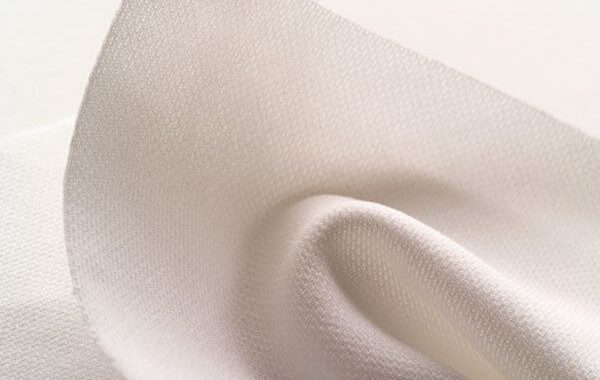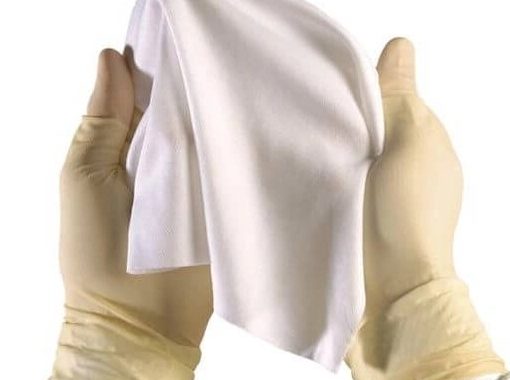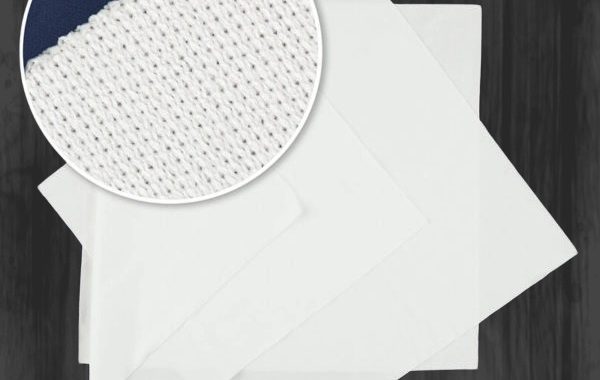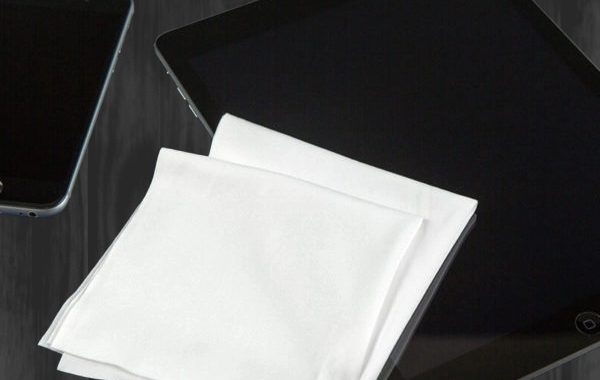Cleaning wipes in Class 100 cleanrooms are vital for maintaining ultra-low particle environments. Proper selection and maintenance ensure effective cleaning, contamination control, and protection of sensitive equipment.
Key Features:
-
Sterile and Lint-Free: Wipes are free from fibers and particles, essential for maintaining Class 100 cleanliness standards.
-
Antistatic Properties: Reduces electrostatic attraction, preventing dust and particle accumulation on surfaces and equipment.
-
High Absorbency: Efficiently captures liquids, oils, and residues, minimizing wipe usage while ensuring thorough cleaning.
-
Chemical Compatibility: Safe for use with IPA, deionized water, and other cleaning agents without degrading surfaces or wipes.
Selection Guidelines:
-
Assess Surface Sensitivity: Choose non-abrasive, lint-free wipes for delicate instruments and electronics.
-
Consider Wipe Size and Saturation: Select appropriate dimensions and pre-wetted or dry types based on cleaning tasks.
-
Verify Chemical Resistance: Ensure compatibility with cleaning solutions to prevent surface damage.
-
Check Packaging and Storage: Use sealed wipes to maintain sterility and prevent contamination.
Maintenance Practices:
-
Proper Storage: Keep wipes in original sealed packaging until use.
-
Avoid Cross-Contamination: Use dedicated wipes for different surfaces or areas.
-
Inspect Before Use: Ensure wipes are intact, free of fibers, and correctly saturated.
-
Dispose Correctly: Follow cleanroom protocols for used wipes to maintain cleanliness.
Applications:
-
Semiconductor Manufacturing: Cleans wafers, PCBs, and electronic components.
-
Laboratory Equipment: Maintains sterile benches, instruments, and optical devices.
-
Pharmaceutical Production: Ensures contaminant-free surfaces in production areas.
-
Routine Cleanroom Maintenance: Supports Class 100 standards for benches, tools, and equipment.
Benefits:
-
Maintains Cleanroom Standards: Ensures particle-free and ESD-safe surfaces.
-
Improves Cleaning Efficiency: High absorbency reduces wipe usage and cleaning time.
-
Protects Sensitive Equipment: Non-abrasive, lint-free design prevents damage.







